#Ferdinand Porsche
Explore tagged Tumblr posts
Text

Hans Stuck | Ferdinand Porsche
18 notes
·
View notes
Text


Life itself is a race, marked by a start, and a finish. It is what we learn during the race, and how we apply it, that determines whether our participation has had particular value. If we learn from each success, and each failure, and improve ourselves through this process, then at the end, we have fulfilled our potential and performed well. – Ferdinand Porsche
12 notes
·
View notes
Photo

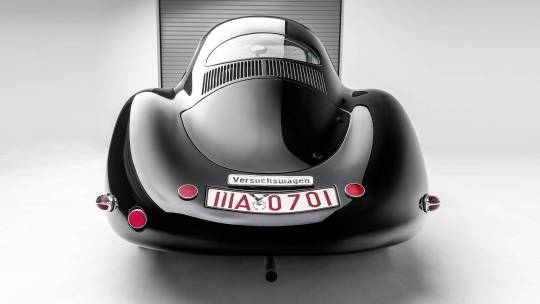

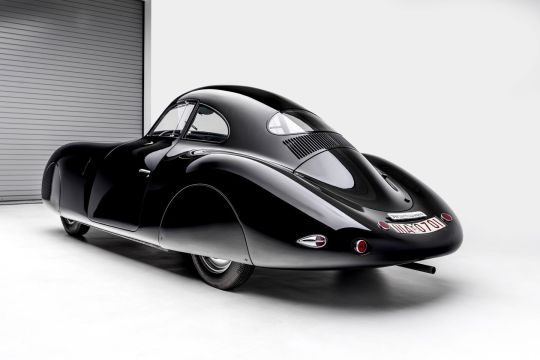

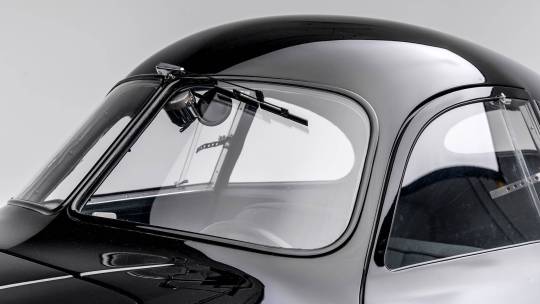


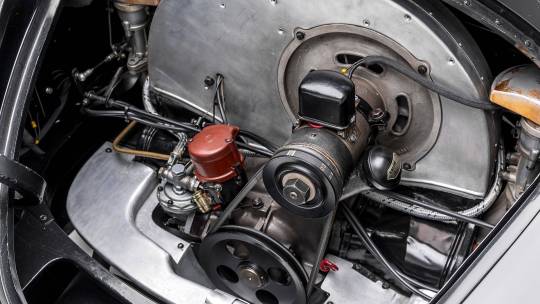
Porsche “Berlin-Rome” Type 64 (1 of 2).
During 1938, Ferdinand Porsche and Major Adolf Hühnlein met, and the subject of establishing an endurance motor sport event was discussed. Hühnlein was inspired, and he set in motion a plan to organise a race from Berlin to Rome, a 1500km event that would take place in September 1939. No doubt Hühnlein’s motivation to his superiors included promoting Germany’s excellent system of Autobahns which this race would utilise, and the event would also tie in conveniently with the start of production of the KdF-Wagen.
In preparation for the race, it was decided to build three special long-distance race cars, and to Ferdinand Porsche’s delight, these were ordered and paid for by Volkswagen. For political reasons the cars were called KdF-Wagen and so in Volkswagen circles the car was known as the Type 60K10, although the Porsche engineers referred to it as the Type 64.
The 64 was to have an aluminium body, and the wheels were fully covered with removable alloy panels. Due to the event being a long-distance road race, Karl Fröhlich designed the car to carry two spare wheels in its nose, a move which meant the standard fuel tank would have to be relocated further back on the passenger side.
The engine used in the Type 64/60K10 was the standard 985cc unit as used in the KdF-Wagen, by increasing the compression ratio, power output was raised to 32 bhp at 3500 rpm.
With the race date set for September 1939, production of the three cars, Sports Car 1, 2 and 3, commenced in the summer of that year. The three chassis numbers allocated to the race cars, also referred to as the KdF-Rekordwagen, was 38/41, 38/42 and 38/43.
Karosseriewerk Reutter were given the task of making the bodies for the three cars from 0.5mm alloy sheets, but it wasn’t until 19 August 1939 that the first body was completed, a fortnight before the official start date of the Second World War. The second car was only completed on 20 December that year in a dark colour, while the third car, finished in the same silver colour as the first car, was only completed on 15 June 1940.
The plans for Porsche’s own sports car were already on the drawing board in 1947 and the first of the new 356 models was officially registered in June 1948. Just as the Type 64 had looked so ultra-modern when compared to contemporary sports machinery of the day, so too did the Porsche 356 immediately date other sports cars of the period. It was at this time that, with the war now over and plans to develop the 356 into a really competitive sports car in the market, that the old Type 64 became redundant to Porsche. Fortunately, the Swiss racing driver Otto Mathé had shown an interest in acquiring the Type 64, otherwise this crucially important piece of Porsche history may well have gone the way of its two siblings, and been scrapped.
“Otto Mathé, was one of the first, if not the very first driver, to use Porsche products for racing,” said Oliver Schmidt of the Prototyp Museum in Hamburg. Today there are two Type 64s in existence, the first being the 38/41 car Mathé bought from Porsche in 1949. The second car has been built up from the spares that Mathé bought from Porsche.
147 notes
·
View notes
Photo
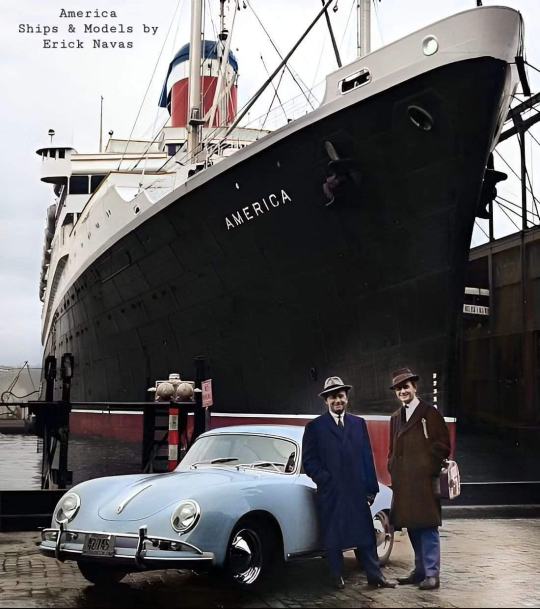
Ferry Porsche et son fils, Ferdinand devant une Porsche 356A à New York en 1958. - source Cars & Motorbikes Stars of the Golden era.
145 notes
·
View notes
Text
The 1924 Targa Florio was made by Ferdinand Porsche, then TD of Mercedes and Gottlieb Daimler's son, Paul Daimler. It is Porsche's first racing car design in Mercedes to win a trophy and one of the first of Porsche's race car designs to dominate the racing world



10 notes
·
View notes
Text
No Brasil, 20 de janeiro �� conhecido como o Dia Nacional do Fusca
Acredito que alguns conheçam a brincadeira de dar um tapa no colega ao ver um fusca azul na rua kkkk



In Brazil, January 20th is known as National Beetle Day.
I believe that some people know the game of slapping a colleague when they see a blue Beetle on the street lol
#my draws#meus desenhos#veiculos#vehicles#volkswagen#fusca#beetle car#carros#cars#fusca azul#volkswagen beetle#Dia Nacional do Fusca#eu amo fuscas kk#i love this car#arte#art#paper drawing#desenho#curiosities#curiosidades#20/01/2025#memes#meme#ferdinand porsche
5 notes
·
View notes
Text
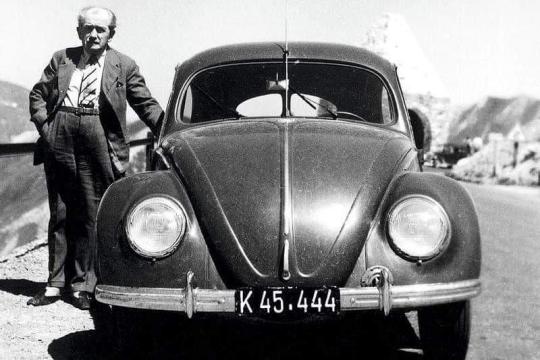
33 notes
·
View notes
Text

#F.A.T. Ice Race Aspen#Porsche 911 GT1#Stéphane Ortelli#Le Mans#Colorado#USA#Laurent Aïello#Allan McNish#Museo Porsche#Zuffenhausen#GP Ice Race#Ferdinand Porsche#Ferry Porsche#Zell#Austria#Zell Am See#Tree Farm#Carbondale#Hotel Jerome
5 notes
·
View notes
Text
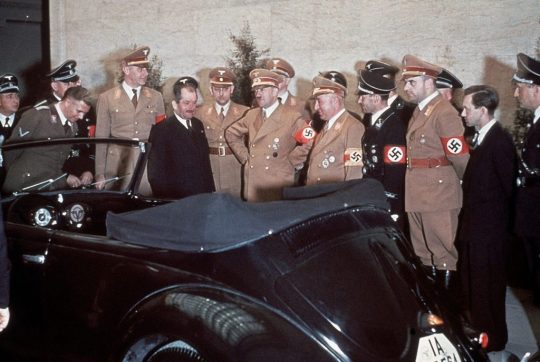
Doctor Ferdinand Porsche (in suit), Adolf Hitler and, immediately on Hitler’s left, the head of the DAF (Deutsche Arbeitsfront/German Labour Front), Doctor Robert Ley, admiring Hitler’s birthday gift on his 50th birthday: a convertible Volkswagen, 20.4.1939. Note the Berlin number plate (1A)
#germany#ww2#nazi germany#nazi party#DAF#adolf hitler#robert ley#ferdinand porsche#vw#vw beetle#1939#german labour front#deutsche arbeitsfront#nsdap
12 notes
·
View notes
Text
Coches eléctricos
¿Sabías que en 1884 se dio a conocer el primer coche eléctrico estándar de producción en el Mundo capaz de ser reproducido y vendido al público?
¿Sabías que a principios de 1900 1/3 de todos los vehículos en la carretera eran eléctricos?
Empezaron a desaparecer rápidamente alrededor de 1920 con la introducción de la gasolina y Henry Ford.
Ferdinand Porsche - el fundador del epónimo coche deportivo- produjo un vehículo eléctrico llamado 'P' en 1898, antes de crear la primera oferta híbrida del mundo, que estaba impulsado tanto por electricidad como por un motor de combustión.
Mercedes-Benz también ofreció un modelo eléctrico llamado Mercedes Mixte, en 1906.
Este coche fue adoptado como taxi en las ciudades e incluso se convirtió en un coche de carreras en 1907.

4 notes
·
View notes
Text
La Tatra 97 copiée par Volkswagen pour la Coccinelle
Nouvel article publié sur https://www.2tout2rien.fr/la-tatra-97-copiee-par-volkswagen-pour-la-coccinelle/
La Tatra 97 copiée par Volkswagen pour la Coccinelle

#20ème siècle#Adolf Hitler#Allemagne#années 1930#coccinelle#copie#ferdinand Porsche#histoire#plagiat#Porsche#seconde guerre mondiale#tatra#tchécoslovaquie#vidéo#vintage#Volkswagen#WWII#véhicule
1 note
·
View note
Text
Auto Union Type 52: La Flecha de Plata perdida que resurgió después de 90 años
Descubre la fascinante historia del Auto Union Type 52, un coche deportivo de los años 30 que se terminó de construir en 2023.
La historia del automovilismo está llena de leyendas y momentos icónicos que han definido el rumbo de esta apasionante disciplina. Entre ellos, destaca la fascinante saga de las Flechas de Plata de la marca alemana Auto Union, los coches de Gran Premio de los años ‘30 que marcaron una época. Sin embargo, pocos conocen que también se concibió una versión deportiva y legal para las calles con un…
0 notes
Text






“In good design you have to combine different fields.” – Ferdinand Alexander Porsche
0 notes
Text
"Don't worry about people stealing your ideas. If your ideas are any good, you'll have to ram them down people's throats." - Howard Aiken

743 notes
·
View notes
Text
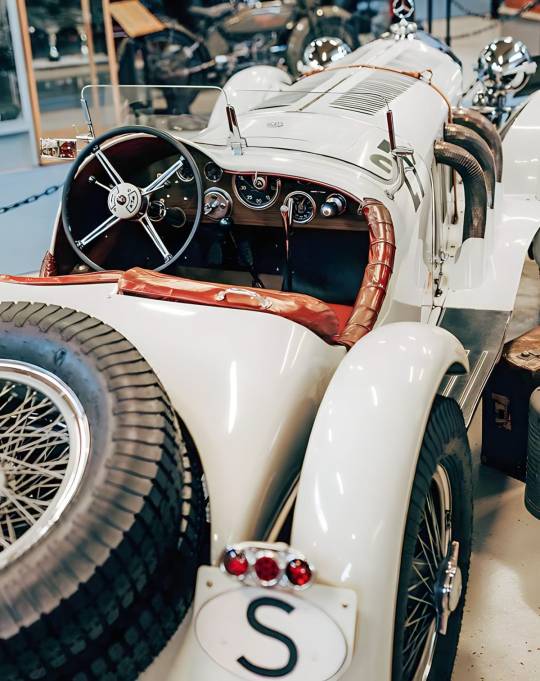
Mercedes-Benz SSK Roadster 1929 Design par Ferdinand Porsche. - source Cars & Motorbikes Stars of the Golden era.
36 notes
·
View notes
Text
Mercedes Targa Florio 1924 By Ferdinand Porsche and Paul Daimler || Driver : George Russell (2024)

© Mercedes Benz Media
5 notes
·
View notes